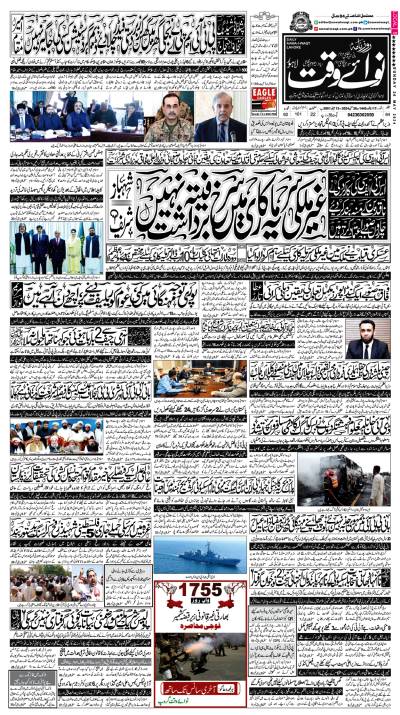The Lahore Development Authority’s (LDA) recent decision to categorise land in the city will be beneficial for the residents in the long run. Cities that are manifestations of history itself often take on a life of their own, with their inhabitants moulding each area and locality according to what they think they need around them. These changes occur on the micro-level, but often ignore the bigger picture and what is best for both the city in its entirety and the majority of its inhabitants. The LDA Land Rules 2020 are a good way to overcome this problem.
The plan is to distinguish between 10 classes, including residential, commercial, industrial, institutional, mixed-use, open space and recreational, peri-urban, special development zone, agriculture and notified areas.
With the recent floods and damage to city infrastructure in all provinces, the question of what makes a good city is one that is being discussed at length. But while utility provision and service delivery are quite naturally the biggest priority in any city, we must also look to ensure that cities are more than just ‘liveable’. The way a city is constructed naturally has a lot of impact on the health and well-being of its residents. For instance, the lack of industrial area and the freedom to set up a factory just about anywhere would lead to greater, more spread out pollution, affecting a larger number of citizens than if zones were categorised.
To make sure a city is in the best state it can be, there must be a mix of free development and government-determined zones for specific types of construction. Everything from a city’s traffic, to how green it is can be controlled if city planners make broad demarcations and rules, and allow for the inhabitants to do the rest. It is hoped that future development in the erstwhile city of gardens follows this new, and smarter plan.





